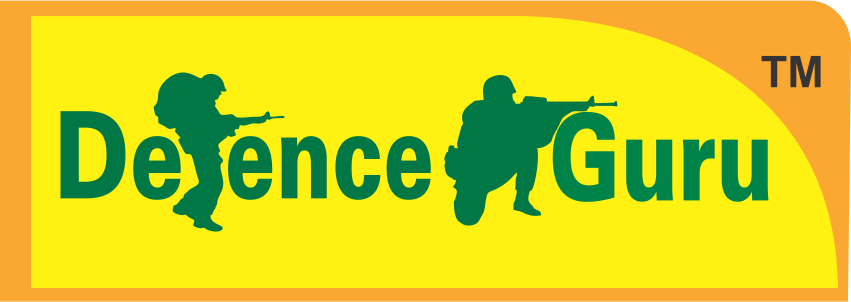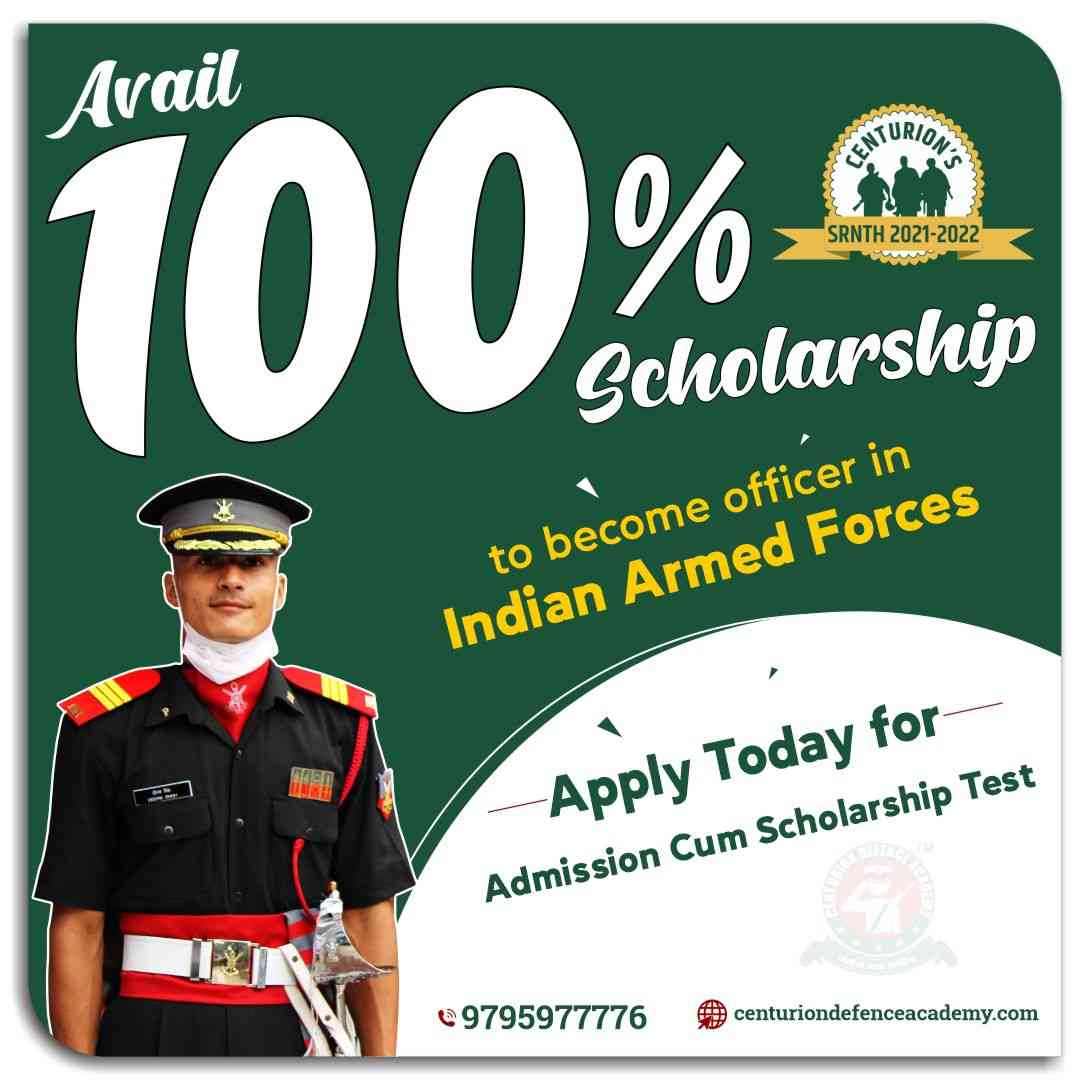Indian Navy Day 2018
Navy Day will be celebrated on different dates in many countries of the world. Many countries celebrate Navy Day to recognize Navy. Navy day in India is observed on 4th of December every year to celebrate the magnificence, achievements and role of the naval force to the country. Indian navy is the marine branch (means naval branch) of the India’s armed forces which led by the President of India as a Commander-in-Chief of the Indian Navy. The Maratha emperor, Chhatarpati Shivaji Bhosle of the 17th century is considered as “Father of the Indian Navyâ€.
Navy Day 2018
Navy Day 2018 in India would be celebrated at Tuesday, on 4th of December.
The Indian Navy has a very important role in safeguarding Indian marine borders, also improving the Indian international affairs through seaport official visit, cooperative exercises, public-spirited missions, disaster relief and many more. The current Indian navy has experienced speedy restoration in order to expand and advance its location in the Indian Ocean area.
Indian Navy Day Themes
Here are some of the themes of Indian Navy day:
“Reaching Out to Maritime Neighbours†theme for 2008 Indian Navy Day
“Indian Navy – Maritime Power for National Prosperity†theme for 2012 Indian Navy Day
“Indian Navy – Ensuring Secure Seas for a Resurgent Nation†theme for 2015 Indian Navy Day
Father of the Indian Navy
The Maratha emperor, Chhatrapati Shivaji Maharaj of the 17th-century is considered as the “Father of the Indian Navyâ€. He was born on 19 February 1630 in hill-fort of Shivner, Maharastra which is located near the city of Junnar in Pune district.
History of the Indian Navy Day
Indian Navy is the main armed forces in safeguarding the borders of the marine of the country and is used to develop its position in the areas of the Indian Ocean. Also, it extends the International Relationship between other Countries by the Missions of the Humanitarian, Going to the Seaport, Exercises of the Joint, Relief from the Natural Calamities, etc. During the Indus Valley Civilization, the world’s first tidal dock have been built at Lothal around 2300 BCE, near the Mangrol harbour on the Gujarat coast.
The Rig Vedas had written around 1700 BCE, credits Varuna with knowledge of the ocean routes and describes naval expeditions. Plava is the reference to the side wings of a vessel which give stability to the ship under storm conditions. In 4th and 5th century AD, Matsya yantra is used as a compass for navigation.
Sea lanes between India and nearby lands were the common form of trade for many centuries, and are responsible for the broad influence of Indian Culture on other societies, particularly in the Indian Ocean region. Supreme navies included those of the Maurya, Chola, Maratha, Satavahana, Vijayanagara, Kalinga and Mughal empires. The Cholas exceeded in foreign trade and maritime activity, extending their influence overseas to China and Southeast Asia.
Facts about Indian Navy Day
- Indian Navy initially called the Royal Indian Navy; our ultimate naval headquarters of the Indian armed forces was founded by the East India Company in 1612 and give new name, Indian Navy on 26th January 1950 after India got independence.
- Indian Navy is a well-organized and self-controlled branch, where President of India is the superlative commander of the Indian Navy whose chief is called Admiral.
- The slogan of Indian navy is “Sham No Varnaâ€, which factually means “May the Lord of the Water be auspicious unto usâ€.
- Remarkably, Navy Day doesn’t celebrate the day the Indian Navy was established. Rather, it celebrates the day when the Indian Navy magnificently accomplished Operation Trident, an attack on Pakistani Karachi Naval Headquarters in 1971 where Indian used anti-ship missiles for the first time and destroyed three vessels of Pakistan naval Headquarter.
- There are only three naval aerobatic squads in the world and out of them one is Indian Navy’s Sagar Pawan.
- Chhatrapati Shivaji Maharaj of Maratha Empire is known as the “Father of the Indian Navy†as he prepared a very tough naval force with the help of Kanhoji Angre, to fight the overseas foreign violence.
- The Indian naval command is divided into four main commands, and those are western, eastern, southern and northern.


.jpg)





0 Comments